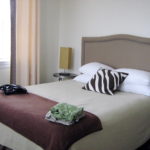While your experience of the region might be limited to a beach holiday in the summer, Costa Brava events take place throughout the year.
While you may have the impression of the Costa Brava enjoying eternal sunshine, that’s far from the case. You’ll quickly learn that by visiting during the depths of winter.
But really it doesn’t matter when you visit. There’s always something to look forward to.
Carry on reading to find out what to expect at whatever time of year you decide to visit.
January
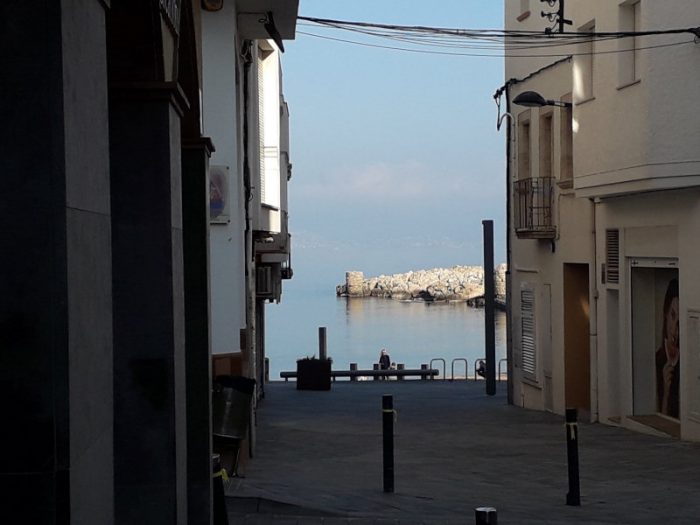
While you might be used to New Year’s Day marking the end of the holiday season, in Spain things still have a few days to run at the beginning of January.
It’s traditional for kids to get their presents on 5th January, the eve of Epiphany or Three Kings’ Day. Many towns have marching bands and floats on which the three kings are paraded, throwing sweets to the eager children. The following day is a public holiday and the only day during which the children can play with their new toys before returning to school.
And while it is originally from southern Catalonia, January is the peak season for the calçot, a type of large spring onion which is grilled and served with a dipping sauce. They are delicious, so look out of them on restaurant menus. And it’s also the best time to enjoy sea urchins in Sant Feliu de Guíxols and Palafrugell.
Read more about what’s on in January
February
February sees the days getting noticeably longer although the weather can still be pretty cold. Night time temperatures can sometimes reach freezing or below. But as long as you’re not looking for beach weather days can be warm and sunny.
Don’t let the cold weather put you off though. It’s a great time of the year to beat the crowds at the Salvador Dalí museum as there are far fewer visitors.
If you’re looking for a culinary exploration of the Costa Brava then a number of restaurants in Palafrugell offer menus based on sea urchins until the end of March. From mid-February in Palamós many restaurants offer a local fish casserole known as l’Olla de Peix.
Read more about what’s on in February
Mardi Gras and Carnival: Depending on when Easter falls a number of towns celebrate Mardi Gras with a carnival. Mardi Gras is 47 days before Easter Sunday, so on 13th February 2024 or 4th March next year. Carnival dates usually vary from town to town. Read more
March
The snow melt on the Pyrenees ensures the sea is still far from warm enough to think about swimming in March. While late February sees the first signs of spring as trees start to blossom, March sees many more plants begin to bloom.
Walk in any forest on a warm sunny day and you are likely to find people collecting wild asparagus. It’s quite a delicacy and often used in an omelette or scrambled eggs. If that sounds like a lot of work foraging for food they still serve l’Olla de Peix in Palamós.
March also sees the Costa Brava Rally, The Black Music Festival in Girona and across Catalonia, and the start of the Strenes Music Festival.
Read more about what’s on in March
Easter: Depending on the year Easter Day falls in March or April (31st March 2024/20th April 2025). Nominally a Catholic country, you’ll find a number of events planned over the Easter period. One of the more unusual is the “dance of death” in Verges on Maundy Thursday which has its origins in pagan times. Read more
April
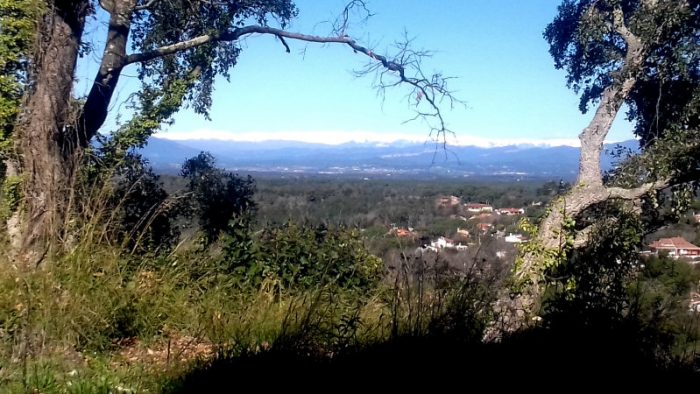
By April the Costa Brava is still waking up after the winter but you’ll find a number of culinary events throughout the region. In Girona the Strenes Music Festival continues with concerts in various locations across the city. Some of these are free. In several towns with fishing fleets you’ll find restaurants offering local specialities prepared using the local catch.
In the northern Costa Brava Port de la Selva has an asparagus fair while Roses puts on a tapas and wine campaign. Sant Feliu de Guíxols holds a biannual tapas campaign and competition starting at the end of April. During the month long campaign you can try low cost tapas from participating bars and restaurants, which compete for a prize.
But 23rd April is the big day throughout Catalonia. It is St George’s Day, known locally as Sant Jordi. On this day, la diada de sant Jordi, it is traditional for a man to give his sweetheart a rose. In return she gives him a book. It’s a big deal and in the larger towns you’ll see dozens of people clutching either a book or rose.
Read more about what’s on in April
May
Girona’s historic centre becomes a riot of colour when the flower festival takes over for a week in early May. Many buildings are open to the public while both those and public spaces have often extravagant displays of blooms. The Girona Flower Festival attracts visitors from all over the world.
Elsewhere, the spring edition of Sant Feliu’s biannual Ganxotapes campaign continues until toward the end of the month. Restaurants throughout the coastal town compete to offer the best tapas dishes, which you can sample at low cost.
From mid May the town also promotes its oily fish for a month. Restaurants offer tapas prepared with the local catch for around €1. Foodies might also like to visit Begur to sample rockfish, prawns in Blanes or rice in Pals.
Read more about what’s on in May
June
The good news is that by June the sea is warm enough to swim and if you visit now you’ll avoid the crowds. While it is certainly busier than the winter, June can be a great time of your to holiday in the Costa Brava without the hassle of high season.
Music lovers might want to head down to Barcelona at the beginning of the month for Primavera Sound, but more locally there are a you can watch a number of culinary campaigns as the tourist season gets underway. Go and eat tapas made from oily fish in Sant Feliu de Guíxols until the middle of the month, enjoy the famous prawns from Palamós until mid-July or head for Tossa de Mar to eat a traditional seafood noodle dish throughout June.
On the evening of 23rd June all hell breaks loose though, as St John’s Eve is celebrated with fireworks. Expect pyrotechnics until the early hours and, be warned, Spanish fireworks are MUCH louder than those from the UK.
Read more about what’s on in June
July
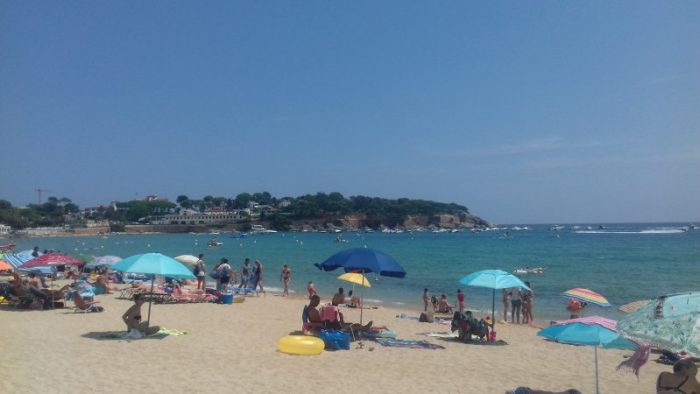
The second half of July is when the Costa Brava’s tourist industry really gets into gear as the region approaches the height of the season. Locals from Barcelona, Girona and other towns start to arrive on the coast while visitors from all over Spain and many European countries descend en masse. That means crowded roads and beaches and long queues for the major museums.
On the bright side temperatures sore and the climate is usually perfect to enjoy the evenings al fresco. Follow the Spanish lead and and dine late and outside is the way to do it. Nights can be hot so it doesn’t make sense to get to bed too early.
July and August are great for live music, with a number of major festivals as well as numerous smaller more local ones. And Blanes has a major firework competition at the end of July which coincides with the feast of Santa Anna, the town’s patron saint. It can be seen and heard from miles away.
Read more about what’s on in July
August
August is peak Costa Brava. Many people take the entire month off to spend their summer beside the sea and the number of foreign tourists has exploded. There is no need to wonder why it is so popular. The Costa Brava enjoys long hot summer days, has spectacular beaches and is easy to get to crossing the border with France or flying into Barcelona or Girona.
While many tourists will be content with days on the beach and evenings spent dining al fresco, there are quite a number of music festivals in August. Many of these started in July and continue to mid or late month. Also, many coastal resorts put on free concerts in August.
These are often habaneras, a style of music brought to Catalonia in the nineteenth century by sailors returning from Cuba. You may also see locals dancing sardanes to a rather reedy sounding woodwind band. You’ll see posters publicising such activities around town, which often take place in the main square or on or near the main beach.
Read more about what’s on in August
September
It definitely gets cooler in September although you can often expect to swim for the first half of the month or longer. When the weather is good it’s a great time to visit as the peak of the tourist season is but a memory. That means resorts aren’t heaving with people, road congestion is far less likely and museum queues are much more manageable. Accommodation prices are lower too.
But the end of the season also means there is far less on as resorts begin to wind up by mid month. That also means no lifeguards on beaches that normally have them in the summer. While most of the music festivals are over the Girona Guitar Festival continues into September.
There are a handful of things to look out for though. The first is the diada nacional de Catalunya on 11th September. It’s the national day of Catalonia and widely celebrated throughout the region. And Tossa de Mar celebrates a local fisherman’s dish worth trying.
Read more about what’s on in September
October
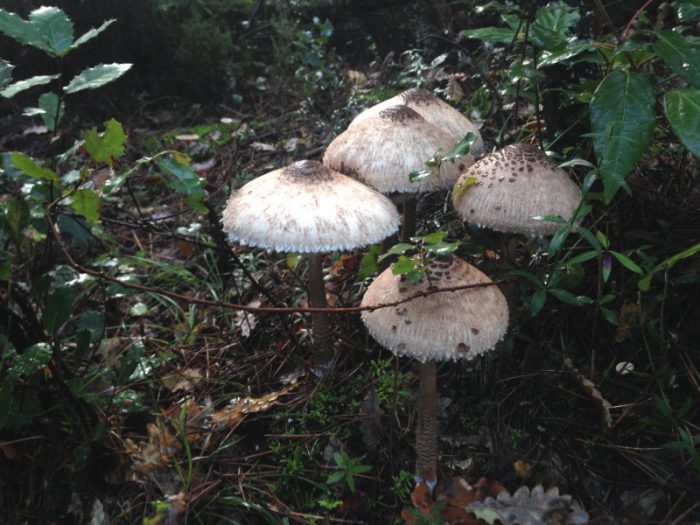
If you like mushrooms then you’ll love October! This is the month that is best for fungi and you can expect many restaurants to serve meus prepared with locally collected varieties. The woods are full of various edible (and non-edible) species and you can expect to come across people foraging for mushrooms if you’re out walking. The medieval town of Llagostera, some 20 minutes from Platja d’Aro, even celebrates the season with an annual mushroom fair.
While not widely celebrated in Catalonia, the 12th is Spain’s national day. While in Madrid there is a parade, some people insist on working during what is a public holiday throughout the country. Don’t expect to find much on but do be prepared for many shops to be closed all day. Restaurants will be open though.
The autumn sees a number of food campaigns and festivals other than mushrooms. Head for L’Escala, Torroella de Montgrí or Sant Feliu de Guíxols to sample their local specialities. If you’re a beer lover you should head for Oktoberfest at Platja d’Aro where you can try dozens of beers. And in Girona they start a week long celebration of their patron saint, Sant Narcís.
Read more about what’s on in October
November
November gets off to a great start with a public holiday celebrating All Saints Day on the 1st of the month. In Girona Fires de Girona continue until the first weekend of the month. And while the rain may continue, so do the mushrooms.
As the temperatures drop many people heat their homes with log fires. Since it’s also the season to eat chestnuts what could be better than sitting by a roaring fire roasting chestnuts. As well as providing warmth, open fires provide a lovely sense of well being at this time of year. The month is also when you start to see a type of spring onion known as a calçot in markets. These are grilled on an open fire and dipped in a special sauce. Something you should really try, even if it’s in a restaurant.
Talking of food, Palafrugell restaurants offer a local seafood and potato stew known as es niu. In Llagostera restaurants continue offering mushroom dishes and the autumn edition of Sant Feliu de Guíxols’s tapas campaign Ganxotapes continues to mid November.
Read more about what’s on in November
December
The final month of the year starts as it means to go on with public holidays on the 6th and 8th. Towns switch on their Christmas lights as the shopping season goes into overdrive, while on the 22nd the Christmas lottery is drawn. That is a big event in its own right.
Most towns have Christmas markets where you can by things like artisanal soaps, trinkets and other stocking fillers. And in some you’ll find living cribs where villagers dress as characters from the nativity and stand stock still for an hour or so.
Catalonia has a couple of other rather eccentric Christmas customs. One of these is the inclusion in nativity scenes of someone defecating. Traditionally the character was a Catalan peasant wearing a typical red hat but these days these figures the caganer – the “crapper” – can represent a politician, footballer or anyone else you can think of. You’ll also see Christmas logs for sale, which are decorated with a face, hat and front legs. On Christmas Eve they are stuffed with sweets so that kids can beat them until they defecate their contents.
Read more about what’s on in December

